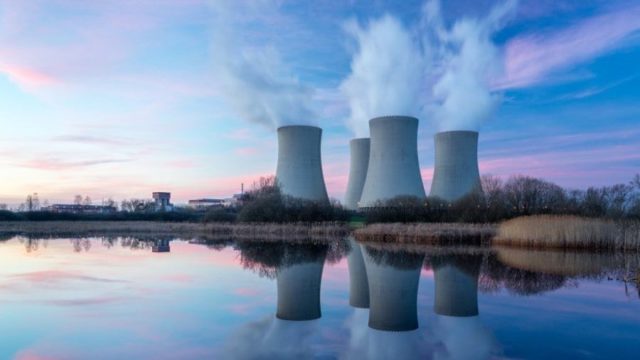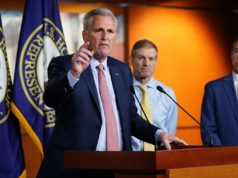It’s not just American oil and natural gas energies that are under attack. Another one of the nation’s top sources of energy, nuclear generation, has faced repeated operational obstacles and is facing threats of extinction. Despite producing half of our nation’s carbon-free power generation – something Democrats say they love to strive for – it isn’t being promoted or supported as a serious alternative energy source. As our nation moves towards “green” energy and strict carbon and environmental regulations, just one nuclear reactor has started construction in the United States in the past three decades. Even more concerning is a new report that just came out, revealing that a quarter of nuclear power plants in America face risk of closure.
Nuclear power is consistent. Unlike solar and wind power, it runs at all hours and isn’t intermittent or affected by changes in weather, it’s available 24/7. Nuclear power plants are cheaper to run than most other types; even accounting for managing and disposing of radioactive materials. Nuclear power plants take up a small physical footprint; California’s sole remaining reactors at Diablo Canyon, takes up only 900 acres of land and provides nearly 10 percent of California’s energy portfolio and 23 percent of our carbon-free generation. Unfortunately, due to expensive and overbearing environmental upgrades, relicensing Diablo Canyon Nuclear Power Plant is much more difficult than when first built and is set to cease operations by 2025.
Surprisingly, nuclear generation has recently garnered widespread bipartisan support. Last month the Biden administration launched a $6 billion federal effort to keep nuclear power radiators open that are at risk of closing. Even California Gov. Gavin Newsom has seemingly changed his tune on nuclear energy and has expressed support for keeping Diablo Canyon open. California recently proposed becoming 100 percent carbon-neutral by the year 2045, and the only way the most populous state in the country can even come close to that goal is by utilizing nuclear energy.
In a state that faces rolling blackouts to our grid every summer, how will we fare without the nearly 10 percent provided by nuclear power? When a wildfire inevitably rages and sends thick black smoke into the air, our solar panels are obscured by ash and screened from direct sunlight. These systems won’t work. Our state inexplicably already banned the sale of gas-powered backup generators. In times of an emergency our hospitals will need a reliable energy source, and the only thing stopping nuclear power from being that reliable energy source is public perception. U.S. nuclear should not be judged in comparison to places like Chernobyl. Ultimately, we have the science, the innovation, and the drive to continue advancing this technology and always improving safety measures to further reduce risk.
While I don’t think that our nation moving towards 100 percent carbon-neutral energy is necessary, realistic, or feasible, I strongly believe that the only way to strengthen our energy independence and empower the rural energy industry is to embrace the multitude of energy sources available to us. Oil, natural gas, biomass, ethanol, hydropower, solar, and nuclear energy all have their purpose and their place in our nation and our economy. With advancing bipartisan support and technological advances, it’s past time to embrace nuclear. Nuclear has an unfair past reputation, depicted by Hollywood and distortions in media depictions, but it is most certainly a cornerstone of our energy future.
Doug LaMalfa represents California’s 1st District.







